My racks are a bit of mess between what I have and some desired modules... but I own about 90% of what's in my racks. Who ISN'T planning a rack upgrade?
As far as the 1010 Music Bit Box... you might like it. It also runs two alternative firmwares: one is a wavetable synth and the other is a multi-effects processor. If you buy the Bitbox, SynthBox, or FXBox, it's all the same module with different writing on the face-plate. You simply download the other firmwares to new microSD cards and then load the firmware. It's a big module at 26HP and $600... but you can find it on sale for as low as $500 brand new.
Be careful about the 1U 3rd party modules. Intellijel 1U isn't compatible with Pulp Logic 1U.
Plum Audio makes a 1U Ornaments and Crime for the Intellijel system labeled with "For Robots." It's more expensive than your typical O_C unit. But what makes it additionally fun is the extended CV range.
https://www.plum-audio.com/product-page/1uo-c-4robots
I really LIKE the O_C module. For me it's how I would envision a user-friendly Disting module would be laid out. I like the quantizer in it. The sequencer is also pretty nice and responds in some very interesting ways if you wish. I haven't got into some of the more exotic features with LFOs and shift registers. There's a modded firmware that uses better descriptions. Plus, as you mentioned, at least one other full alternate firmware. I've not messed with them. I've had my O_C since first starting my rack. It will take you a minute to learn the layout and how to get around. It's also not a module you want to try and make setting changes with too quickly because it's easy to adjust the wrong thing if you're not paying attention. But I still really like it. I use my Temps Utile a lot more... but mainly as a clock divider or Euclidean rhythm generator. Your Pamela does everything a Temps Utile does I believe....
If you gave me your rack, would I put one in there. Yes.


